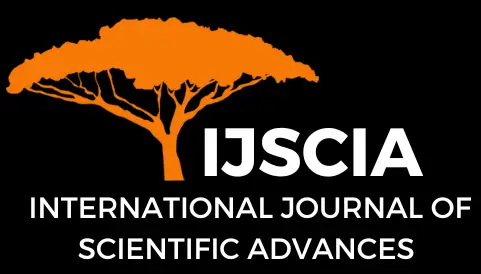Case Report: The Role of Midwives in the Management of Pregnant Women with Placenta Accreta and Total Placenta Previa at Tertiary Referral Hospitals
Dian Laily Safitri, Andriyanti*, Sofia Al Farizi
Abstract
Background: Hemorrhaging during pregnancy and childbirth constitutes an obstetric emergency that markedly elevates maternal and newborn morbidity and mortality rates. Placenta previa is frequently identified during the first trimester of gestation and is the predominant source of hemorrhage in pregnancy. The prevalence of placenta previa is rising due to the growing frequency of cesarean deliveries, resulting in an increased incidence of placenta accreta in Indonesia over the past few decades. Methods: This case report is compiled using a descriptive and case study approach. The researcher supported Continuity of Care (CoC) for one patient in the Surabaya Community Health Center working area from pregnancy to the postpartum and newborn phases. Case Presentation: A midwifery assessment and care were provided to a 38-year-old pregnant lady, GIIIP2002, at 34/35 weeks of gestation, who presented multiple risk factors for placenta accreta and placenta previa. The mother had cautious management and monitoring for 12 days before being delivered as planned at 37 weeks gestation. Discussion: Risk factors include age over 35, multiparity, a history of two or more cesarean sections, placenta previa, antepartum bleeding, anemia, and total placenta previa. Consequently, midwives must conduct early detection during antenatal care in collaboration with obstetrics and gynecology specialists. Conclusion: In conjunction with an obstetrician-gynecologist, the obstetric ultrasonography (USG) examination is crucial for assessing implantation location, placental attachment, placental maturation degree, and fetal biometry. The test results will influence the clinical decision on the type and timing of labor. Midwives are responsible for early detection during antenatal care (ANC) in primary and secondary health facilities, collaborating with obstetricians to provide referrals for comprehensive ANC assessments in tertiary health facilities. Midwives contribute to tertiary health centers by offering psychological support, as mothers typically have prolonged hospital stays.
Keywords
placenta accrete; total placenta previa; risk factors; early detection; role of midwives.
Cite This Article
Safitri, D. L., Andriyanti., Farizi, S. A. (2025). Case Report: The Role of Midwives in the Management of Pregnant Women with Placenta Accreta and Total Placenta Previa at Tertiary Referral Hospitals. International Journal of Scientific Advances (IJSCIA), Volume 6| Issue 1: Jan-Feb 2025, Pages 52-59, URL: https://www.ijscia.com/wp-content/uploads/2025/01/Volume6-Issue1-Jan-Feb-No.822-52-59.pdf
Volume 6 | Issue 1: Jan – Feb 2025


